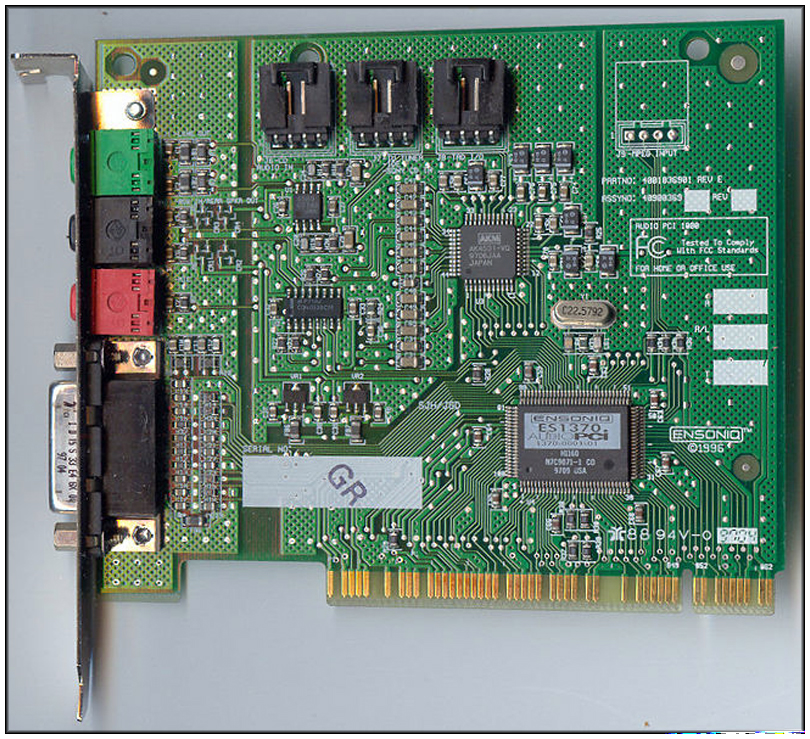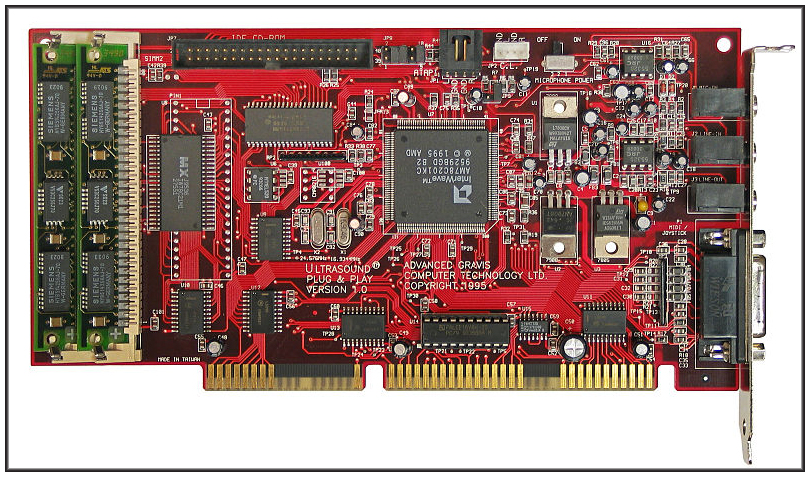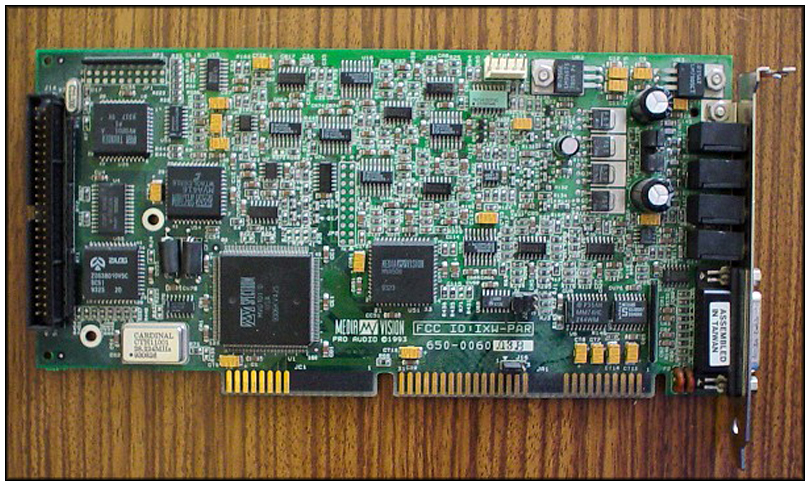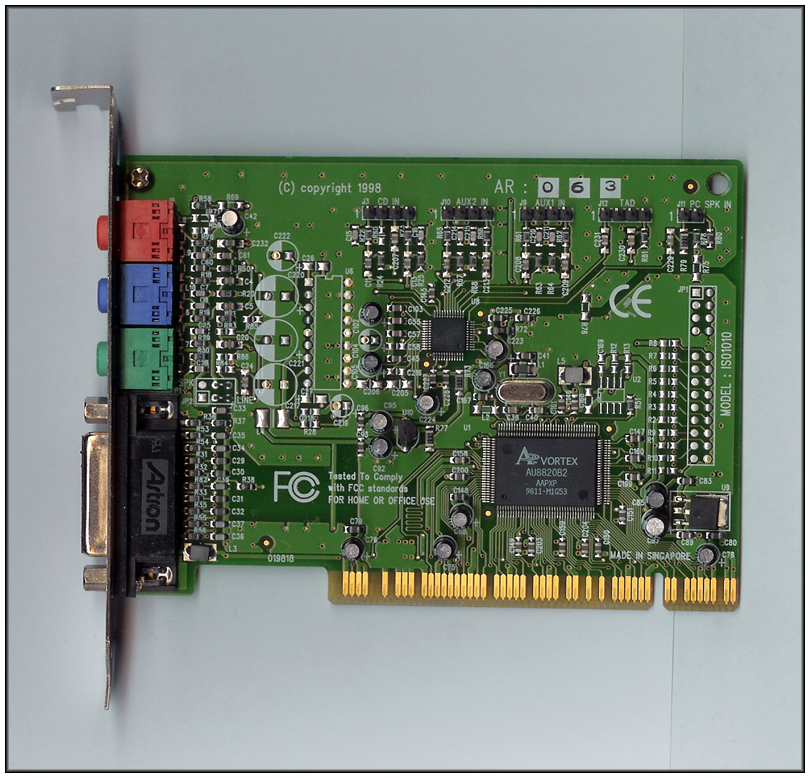 |
Keep Calm and Grog On! |
|
| Home | About Us | Article Index | Forums | Dice | GrogShop | GH ON FACEBOOK | GrogNews |
Let Your Grog Flag Fly!Recent ArticlesGARPA 17, 4/26/13 SimCity AAR Part 1, 4/25/13 Announcing MayViation, 4/24/13 Second Look at Wargame AirLand Battle, 4/21/13 First Look at Wargame AirLand Battle 4/19/13 AAR of Dark Age Minis Battle, 4/18/13 Video Review of Zulus on the Ramparts, 4/14/13 GARPA 16, 4/12/13 Crusader Kings II AAR Part 16, 4/11/13 Book Review: Ninja: 1000 Years of the Shadow Warrior, 4/10/13 Review of Bioshock INfinite, 4/7/13 Review of XFX PRO650W Core Edition PSU, 4/5/13 Civilization V AAR, Part 13, 4/4/13 Fire with Fire, 3/31/13 GARPA 15, 3/29/13 Civilization V AAR, Part 12, 3/28/13 Wheaton INterview, 3/27/13 March Mayhem Winner, 3/25/13 Warlock Multiplayer AAR, 3/21/13 WWII PTO Alternate Histories, 3/20/13 GARPA 14, 3/15/13 Crusader Kings II AAR, part 15, 3/14/13 Civilization V AAR, part 11, 3/7/13 Prezcon Convention Coverage, 3/2/13 Civilization V AAR, part 10, 3/3/13 |
PC Sound – The Evolving Sound of Battle in Combat Gaming - Part 2: Killer CardsBy Andy Mills, 19 October 2012Our resident techie returns from a season-long sabbatical to continue his sage-like chronicling of the history of sound cards.EnsoniqAs I discussed in Part 1, long before Creative Labs even existed, Ensoniq Corporation roamed uncontested across the primal PC soundscape. It was founded in 1982 by three engineers who had worked at MOS Technology, which created the sound chip for the Commodore 64. The first product released by Ensoniq was a software-based drum machine that would run on a PC. The majority of their subsequent efforts, starting in 1985, were focused in the area of keyboard sampling and hardware synthesizer modules. In the 1990’s musicians began using computers for music production and the move into PC audio was a natural progression for the company. Ensoniq produced some of the first sound chips in Apple computers and licensed synthesis technology to Advanced Gravis. The first discrete soundcard released by Ensoniq was the full-length, DOS era Soundcape S-2000. This was followed up by the Soundscape Elite S-2000, which as the name implies, produced very high quality midi playback. The success and quality of the S-2000 series cards did not go unnoticed by various PC vendors. Gateway Computers contracted Ensoniq to manufacture the OPUS, which was an OEM part for their desktop computer systems. With a dedicated following of musicians and an ever- growing presence in the mainstream PC market, Ensoniq was a formidable competitor for relative PC audio newcomer Creative Labs. The release of the AudioPCI card in 1997 was key in bringing Ensoniq products to mainstream PC users, including gamers. The AudioPCI was truly a sound card for the masses. It was cheap, had the capabilities of a professional sound card and it was among the first to use the PCI bus available on modern PC’s. With access to the PCI bus on motherboards, the AudioPCI could provide high-end audio and also increase processing efficiency, which translated into higher frame-rates in graphic intensive applications. This was good news for gamers who were now moving into the age of resource hungry 3D games, such as Quake II and X-Wing vs. TIE Fighter. The AudioPCI also had excellent compatibility with older games and this provided gamers with a modern card that had solid legacy capabilities. The AudioPCI represented a serious threat to Creative Labs and their attempts to dominate the PC audio market. Realizing that the Sound Blaster was totally outgunned, Creative Labs spent $77 million dollars to acquire Ensoniq. Aside from acquiring the technology necessary to become a player in the music production market, Creative Labs used some elements of the AudioPCI used to create specialty, high quality sound cards for PC gamers.
The Ensoniq AudioPCI was a superb sound card with a reasonable price tag
Advanced GravisAnother significant challenger to Creative Labs was the Canadian-based, Advanced Gravis Limited, which released the Gravis Ultrasound line of sound cards in 1992. The Gravis Ultrasound (or GUS) was a formidable competitor to the industry standard Sound Blaster. While the card was slightly more expensive than the Sound Blaster, it sported CD quality audio and features that could be used by both musicians and gamers. The improvement in sound quality gave the GUS a leg-up on the DOS-era Sound Blaster and led Advanced Gravis to release the Ultrasound Max in 1994. The Max had an integrated CD-ROM interface and could perform Sound Blaster emulation, which allowed it to be used with most PC games on the market. An additional strength of the GUS line was that it used technology licensed from top tier hardware vendors, such as Ensonique and AMD. The release of the Ultrasound PNP (Plug-and-Play) in 1995 featured AMD’s Interwave technology and allowed for variety of configurations that optimized the card for gaming or even music production. The PNP moniker worked to leverage the hype created by Microsoft’s release of Windows 95, which touted the promise of PNP technology to simplify hardware installation for users. The Ultrasound line of cards came to an end in 1996 with the Ultrasound Extreme, which featured the functionality of the GUS, but was really a lower spec version of a 3rd party manufactured part called the Synergy Vipermax. The demise of Advanced Gravis was due to the fact that game developers found the card too complicated to program for and that increasingly poor Sound Blaster emulation limited the number of titles supported. Advanced Gravis also lacked the marketing savvy of Creative Labs and as a result the GUS cards became “lost” in an increasingly competitive market.
The Gravis UltraSound PnP Pro was released in 1995
Media VisionMedia Vision was an American company best known for their Pro Audio Spectrum (PAS) soundcards. The company started operation in 1990 and released their first 8-bit PC offering in 1991. The early success of the PAS was a result of Media Vision not being afraid to experiment with innovative hardware configurations. By putting dual OPL-2 chips on the same card, they were able to release an affordable stereo card in the era of mono-only products. Based on this success, Media Vision continued to drive ahead with 16-bit PAS Basic and Studio versions in 1992. These cards quickly gained a following with musicians and gamers alike. Developers also embraced the PAS cards and this translated into a level of support that other rivals could only dream about. Because most games of the era featured native PAS support, there wasn’t any need for Sound Blaster emulation. A number of vendors recognized the many advantages of the PAS and began buying vast quantities to use as OEM (Original Equipment Manufacturer) parts. One of Media Vision’s biggest clients was the industry heavyweight Logitech. Bolstered by their robust sales and industry support, Media Vision successfully transitioned from DOS to a number of more advanced operating systems, such as Windows 3.1, Windows NT, Windows 95, OS2, and Linux. By 1995, factors such as well programmed drivers and high quality hardware allowed the PAS to directly compete with the Sound Blaster for PC audio supremacy. Great games, such as Star Wars: Dark Forces and simulations like Just Flight took full advantage of the capabilities offered by the PAS further boosting consumer confidence in Media Vision products. Just as Media Vision was destined to become one of the “Big Two” sound card manufacturers, disaster struck in the form of a financial scandal. One of the company’s founders was charged with securities fraud and investor support evaporated overnight. All of the Media Vision’s trademarks and technology were sold off to MV Innovations Incorporated, which was a much reformed version of Media Vision under new leadership. After selling off the existing inventory of Media Vision products, some under the Reveal product line, the company was renamed Aureal Semiconductor.
The Pro Audio Spectrum 16 was a solid competitor to the Sound Blaster
Then There Were TwoThe last serious challenger to the Sound Blaster was Vortex line of sound cards produced by Aureal Semiconductor. The strength of Vortex cards was onboard A3D (Aureal3-Dimension) technology. A3D allowed game developers to deliver 3D sound through headphones and various speaker configurations. What made A3D different from the Sound Blaster was the use of positional audio. A3D technology modeled the actual in game settings and then placed the sound events in the correct locations. This included creating direct or reflected sounds (such as echoes), making for a much more interactive gaming experience. The Sound Blaster used EAX (Environmental Audio Extensions) technology which simulated basic environments by using reverb and did not calculate reflections. The difference was striking and most gamers, including those in the gaming press, did notice the enhanced immersion created by A3D technology. Popular games, such as Unreal, Heretic II, SiN, Myth II, Wargasm, Thief: Dark Project, StarSiege: Tribes and Half-Life, all used A3D positional audio to great effect In what some believe was an attempt to remove their competitor from the market Creative Labs sued Aureal for patent infringement. Aureal responded by countersuing Creative Labs for patent infringement and deceptive trade practices. A nasty, drawn-out legal battle ensued that led to Aureal’s investors abandoning the company. While Aureal did eventually win the legal battle, it went bankrupt doing so. In a cruel turn of fate, this allowed Creative Labs to purchase Aureal in 2000 and integrate their A3D technology into the EAX-based Sound Blaster line of cards.
Aureal Vortex cards used position audio
Just like VHS technology beating out Betamax during the battle for VCR supremacy, the Sound Blaster managed to conquer technologically superior sound cards during the fight for PC audio domination. Creative Labs became a corporate cannibal eating up other companies and assimilating their technology to improve their own product. With all of their significant competitors swept aside an even larger threat loomed just around the technological corner – the death of the PC sound card. The third installment in this series will look at the role of discrete audio in PC gaming and examine the claims that the sound card is really dead.
|
Please support the folks that support GrogHeads
|
Copyright ©2012-2019, Grogheads, LLC. All rights reserved in the United States and throughout the world. All other products and copyrights mentioned on Grogheads, LLC are the property of their respective companies, and Grogheads, LLC makes no claim thereto.
GrogDice - Refresh the screen to roll a new set!
Or go here to roll a LOT of dice



